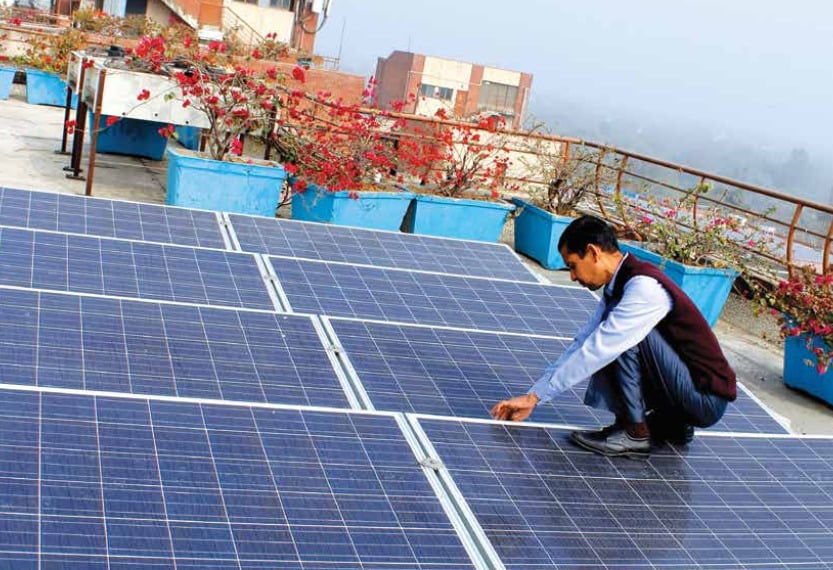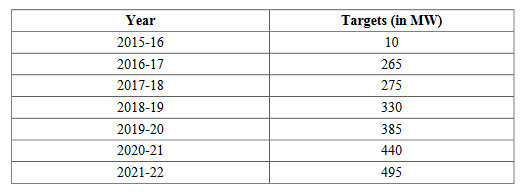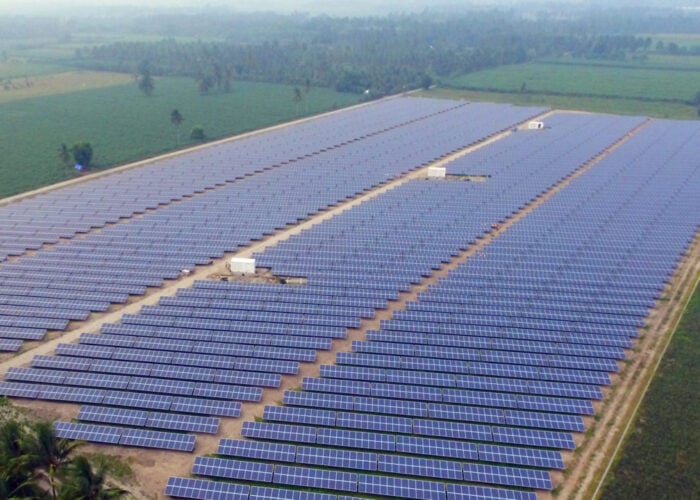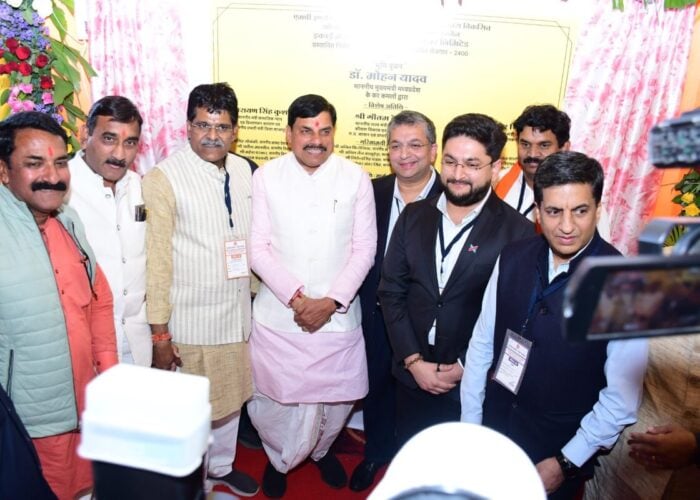
The government of the Indian state of Madhya Pradesh has introduced its 2016 policy for decentralized renewable energy systems with a particular focus on rooftop solar PV.
The aim is to reduce the burden on conventional sources of energy and lower distribution losses. Meanwhile, consumer electricity bills can be lowered and energy independence increased.
Try Premium for just $1
- Full premium access for the first month at only $1
- Converts to an annual rate after 30 days unless cancelled
- Cancel anytime during the trial period
Premium Benefits
- Expert industry analysis and interviews
- Digital access to PV Tech Power journal
- Exclusive event discounts
Or get the full Premium subscription right away
Or continue reading this article for free
The technology neutral policy still has the major focus on distributed solar PV rooftop systems as they have “the largest potential for mass replication amongst consumers and small independent power producers”, according to the state policy makers.
Out of the target of 40GW of solar rooftop targeted by India’s Ministry of New and Renewable Energy by 2022, Madhya Pradesh has been allotted a target of 2.2GW. The annual capacity of targets for grid-connected solar rooftop projects is as follows:

The grid-connected systems included involve net metering, gross metering with wheeling and banking, as well as self-consumption. Off-grid systems are also encouraged.






